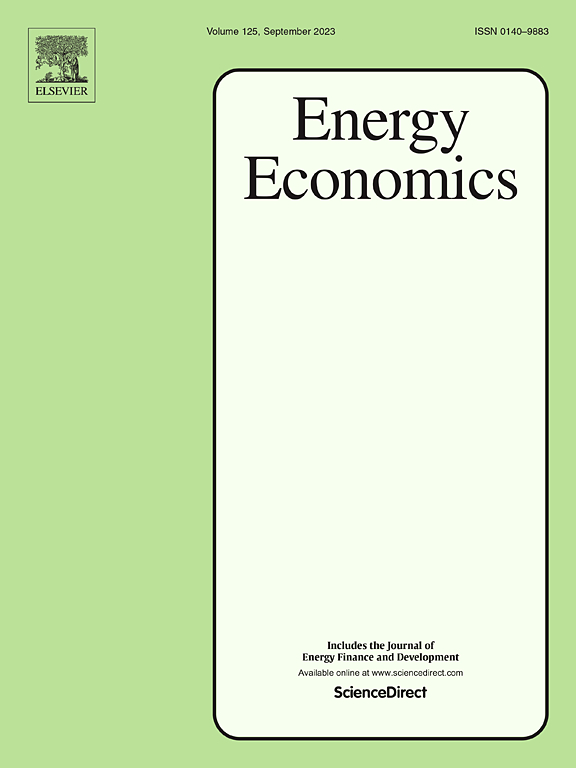租房者持续的能源贫困促使政策改革
IF 13.6
2区 经济学
Q1 ECONOMICS
引用次数: 0
摘要
能源匮乏在生活成本危机中尤为明显,尤其是在租房者面临住房成本压力的情况下。在澳大利亚,十多年来,能源匮乏一直是一个持续存在的问题,尤其是对租房者来说。本文使用了四个不同的澳大利亚家庭调查,涵盖2012-2024年,以分解租房者和非租房者之间的能源贫困差距。我们发现,在租房者和非租房者之间,投资能力可以解释高达45%的账单支付困难差异。资产解释了租房者和房主之间大约三分之一的差异,而且比收入重要得多。租房者不太可能有太阳能电池板,这解释了支付账单困难的一小部分差距。这三个结果意味着除了过去的政策之外,还有三个不同的关注点。政府可以使用更多的投资支持来补充收入支持,经济状况调查可以更多地关注资产而不是收入,政策可以支持一揽子投资,而不仅仅是太阳能电池板等一个方面。本文章由计算机程序翻译,如有差异,请以英文原文为准。
Persistent energy poverty for renters motivates policy reform
Energy poverty can be pronounced in a cost-of-living crisis, especially when combined with housing-cost pressure for renters. In Australia, energy poverty has been a persistent problem for over a decade, especially for renters. This paper uses four different Australian household surveys covering 2012–2024 to decompose energy poverty gaps between housing renters and non-renters. We find that the capacity to make investments explains up to 45 % of the difference in difficulty paying bills between renters and non-renters. Assets explain approximately a third of the renter-homeowner difference and are substantially more important than income. Renters being less likely to have solar panels explains a small proportion of the gap for bill-paying difficulty. These three results imply three different foci beyond past policies. Governments can use more investment support to complement income support, means testing can focus more on assets rather than income, and policies can support bundles of investments and not just one aspect such as solar panels.
求助全文
通过发布文献求助,成功后即可免费获取论文全文。
去求助
来源期刊

Energy Economics
ECONOMICS-
CiteScore
18.60
自引率
12.50%
发文量
524
期刊介绍:
Energy Economics is a field journal that focuses on energy economics and energy finance. It covers various themes including the exploitation, conversion, and use of energy, markets for energy commodities and derivatives, regulation and taxation, forecasting, environment and climate, international trade, development, and monetary policy. The journal welcomes contributions that utilize diverse methods such as experiments, surveys, econometrics, decomposition, simulation models, equilibrium models, optimization models, and analytical models. It publishes a combination of papers employing different methods to explore a wide range of topics. The journal's replication policy encourages the submission of replication studies, wherein researchers reproduce and extend the key results of original studies while explaining any differences. Energy Economics is indexed and abstracted in several databases including Environmental Abstracts, Fuel and Energy Abstracts, Social Sciences Citation Index, GEOBASE, Social & Behavioral Sciences, Journal of Economic Literature, INSPEC, and more.
 求助内容:
求助内容: 应助结果提醒方式:
应助结果提醒方式:


